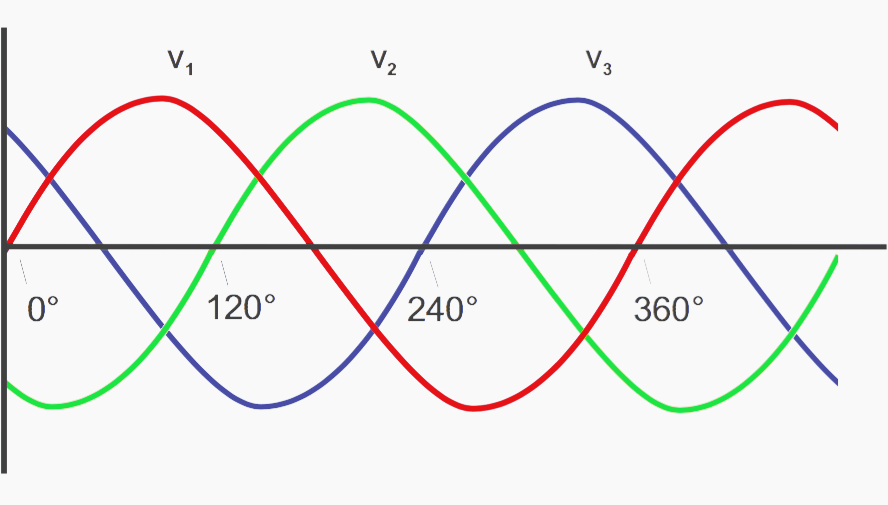3 phase voltage refers to a method of electrical power distribution using three alternating currents, each set 120 degrees apart. Common in industrial and commercial settings, 3 phase voltage delivers more consistent and efficient power than single-phase systems.
In IT and data centre environments, 3 phase voltage is often used to power large equipment racks, uninterruptible power supplies (UPS), and cooling systems. It provides greater load capacity and reduces the chance of voltage drops, making it ideal for high-demand operations. In Australia, the standard 3 phase voltage is 400 volts between phases and 230 volts between each phase and neutral.

Key features of 3 phase voltage:
- Supplies three alternating currents in a continuous cycle
- Delivers smoother and more reliable power
- Australian standard: 400V (line-to-line), 230V (line-to-neutral), 50Hz
- Ideal for heavy-duty equipment, servers, and industrial IT setups
For IT infrastructure, using 3 phase power can:
- Distribute electrical loads evenly
- Reduce the number of circuits and cables required
- Improve energy efficiency in power-hungry environments
Common synonyms and variations include three-phase power, 3-phase electricity, three phase AC, three-phase voltage supply, and 3ph voltage. It’s often compared with single-phase power (230V in Australia), which is typically used in homes and small offices.
IT professionals managing server rooms, data centres, or complex electrical systems must understand 3 phase voltage to ensure correct hardware configuration, electrical balance, and safety compliance. In setups requiring scalability and high availability, integrating 3 phase voltage can significantly improve overall performance and resilience.